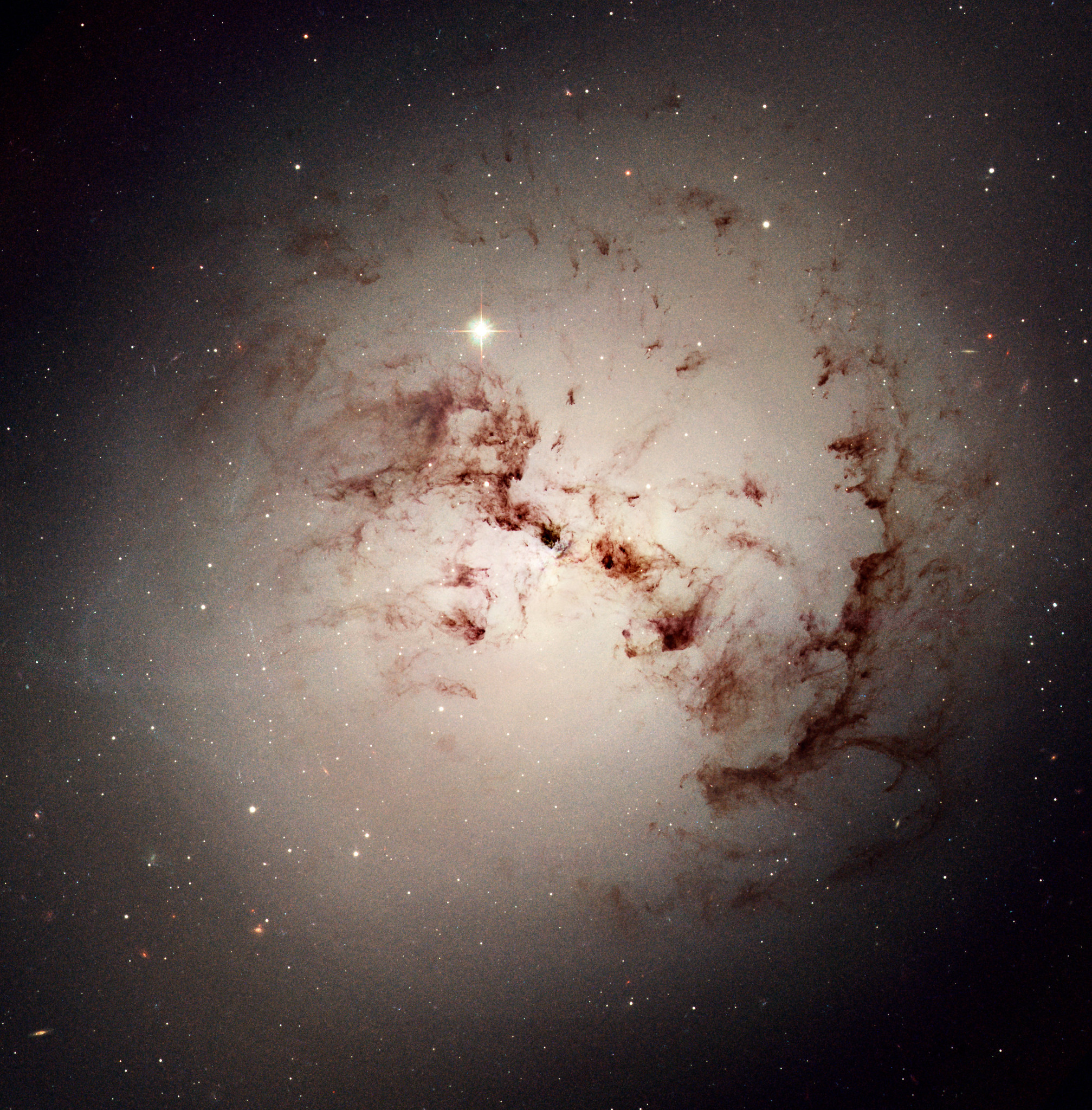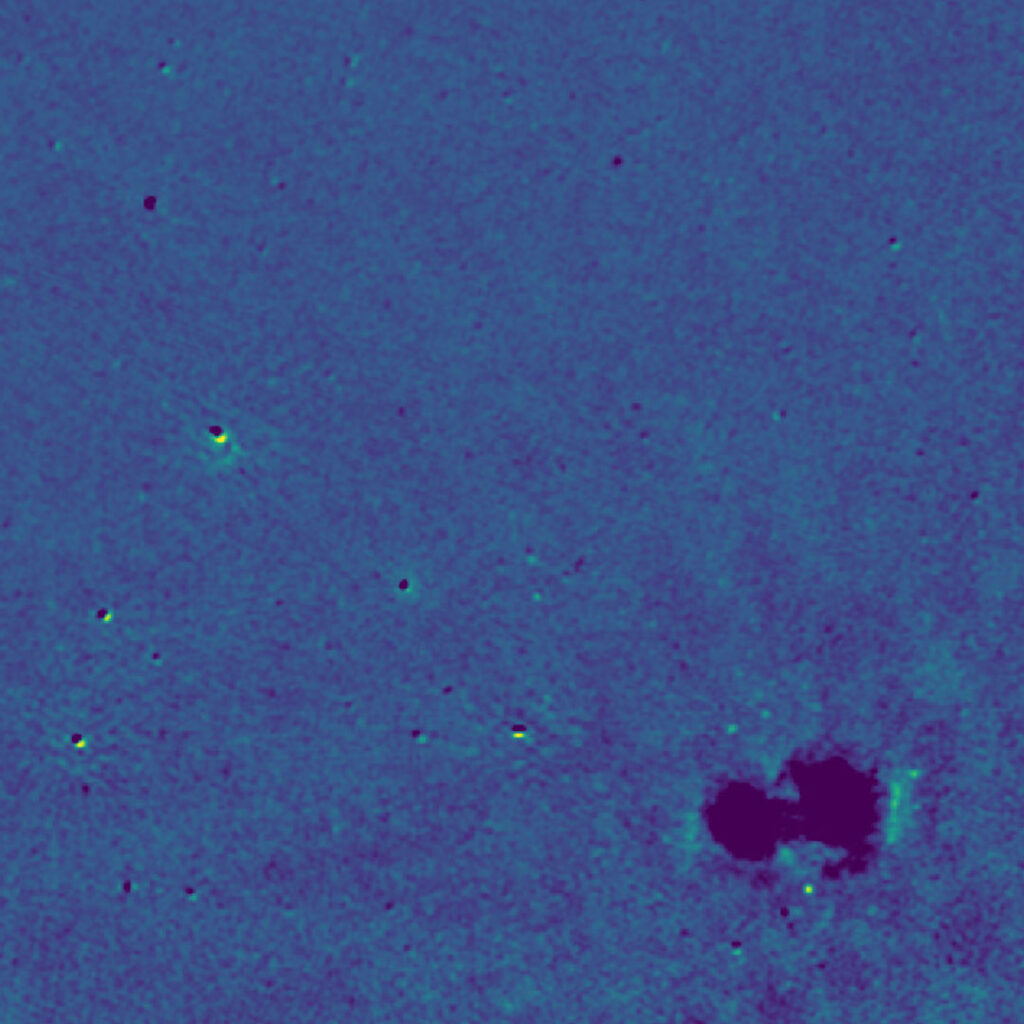Galaxies are bright. Some astronomers, in fact, would say they’re too bright.
There’s a signal hiding at the back of the sky which could hold the clue to to the very first stars in the universe.
But to see it properly, we’ve got to get rid of what’s in front – and that means scrubbing out some stars.
Hey now, you’re an old star
The signal they’re hunting for is from one of the earliest eras in the universe’s history: the epoch of re-ionisation.
“It’s a huge chunk of our cosmological model that we’ve not been able to observe,” says Dr Jack Line, a researcher at Curtin University working with ICRAR and ASTRO3D.
“We don’t know exactly when it started. We don’t know how long it took. And it was the seed for all of the galaxies and all the interesting stuff that we see in the universe.
About 13 billion years ago, just a billion years after the Big Bang, the universe was a big soup of hydrogen gas. That gas emitted a glow, but it wasn’t spread out evenly. Some clumps were denser than others. Slowly, under the force of gravity, the dense parts snowballed into the very first stars.

The stars themselves are too old and too faint to spot, but they did leave traces behind.
Akin to the way that supernovas carve out gaps in the gas around our own galaxy, those early stars blew bubbles in the gas around them by pumping out UV radiation and X-rays.
You’ll never shine if you don’t glow
So that’s what astronomers are looking for: gaps in the glow of first gas in the universe.
“If we had a perfect instrument that was extremely sensitive, we could map it,” says Jack.
“It would kind of look like slices of Swiss cheese on the sky.”

But the signal is faint, and there’s an entire universe of modern day galaxies in front of it. And, just to make things harder, those galaxies happen to emit the exact same frequencies through different processes.
“They’re totally in the way. It’s like trying to listen to a really, really quiet sound with someone with a foghorn in your face,” says Jack.
Judging by the hole in the telescope picture
So to spot the bubbles, astronomers have to strip out everything else, leaving the glow of the hydrogen. That’s harder than it sounds, because – as you may be aware – there are a lot of galaxies out there.

If you leave a galaxy you should have deleted, it leaves a bright spot in your data. That could be covering up some quality bubbles.
“But if you do the subtraction incorrectly,” says Jack,” you’ve sort of artificially blown a hole in the sky.”
That, annoyingly, could also end up hiding the bubbles.
What’s the sharpest tool in the shed?
Jack’s job is to figure out the best tool to use to delete galaxies out of images.
One method, called peeling, involves taking a map of the sky and having a computer carefully match everything up before deleting it. That produces a great result, but takes far more computing power.
“You have to let the machine sit there and spin its wheels and try and work all of the stuff out. So you can’t do as many subtractions, which means you don’t remove as much of the power that’s in the way of the signal,” says Jack.
Astronomers have been doing peeling for years. Typically, it removes around a thousand of the brightest objects from the data.
“The other method is to give the computer a map, and it just removes it,” says Jack.
Rather than carefully lining everything up one object at a time, the computer removes the whole sky at once without checking.
“It knows something should be this bright, it should be exactly here …
“And bang, it’s just going to destroy it.”
To do that, the computer needs a really accurate model of the sky, like the ones built by Jack’s colleagues working on the MWA.

“Building a sky model to work out what to subtract is very difficult because the instruments that we use don’t just take a picture. We actually have to do a ton of maths to make a picture.”
“So how well you can make that image, and how much you trust it, it is a massive first step.”
So much to do, so much to see
So far it’s not clear which method is best.
“I know my gut tells me that at least for the next couple of months, the peeling is definitely going to be winning,” says Jack.
“In saying that, if we can make our sky model accurate enough, I think the fact that we’re going to be subtracting 200,000 sources instead of 1000 … if we can do it well enough, I reckon it will be better.
“But that’s the fun thing about research, you don’t know until you try it.”













